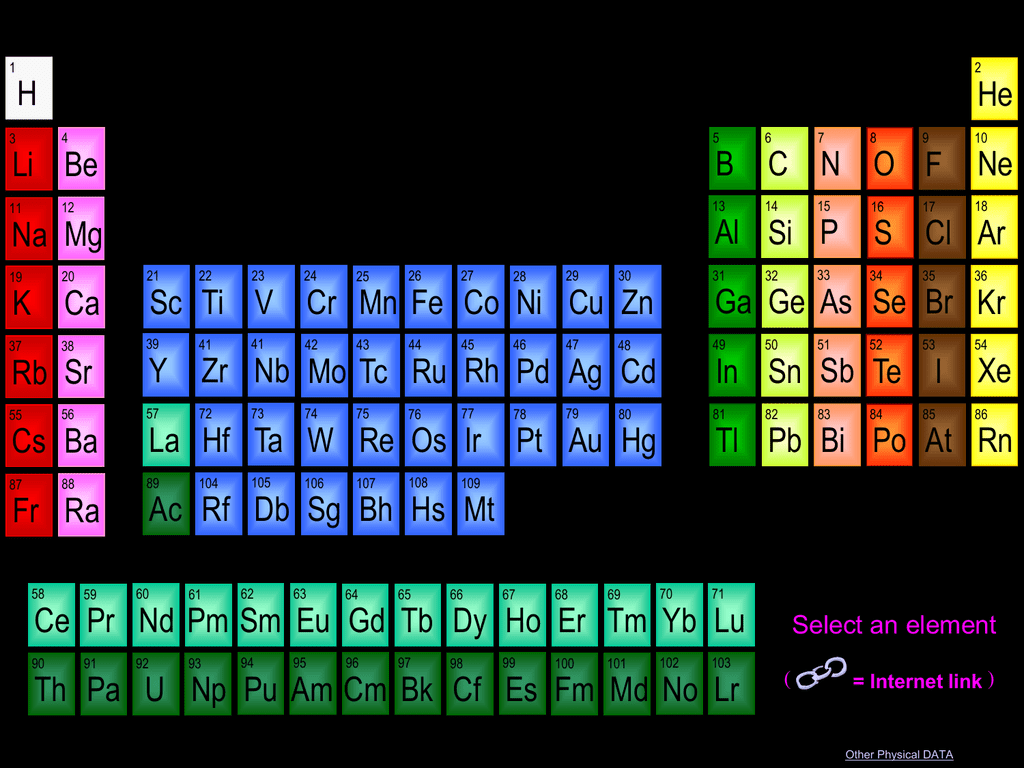

Ĭollected from coastal waters, zircon-bearing sand is purified by spiral concentrators to separate lighter materials, which are then returned to the water because they are natural components of beach sand.

Zirconium metal is much more expensive than zircon because the reduction processes are costly. From 2003 to 2007, while prices for the mineral zircon steadily increased from $360 to $840 per tonne, the price for unwrought zirconium metal decreased from $39,900 to $22,700 per ton. Zirconium is a by-product of the mining and processing of the titanium minerals ilmenite and rutile, as well as tin mining. Single crystals of LuPO 4 and YPO 4 doped with both naturally abundant and isotopically enriched Zr have also been grown and investigated. The EPR spectrum of Zr 3+, which has been initially observed as a parasitic signal in Fe‐doped single crystals of ScPO 4, was definitively identified by preparing single crystals of ScPO 4 doped with isotopically enriched (94.6%) 91Zr. ĮPR spectroscopy has been used in investigations of the unusual 3+ valence state of zirconium. Lunar rock samples brought back from several Apollo missions to the moon have a high zirconium oxide content relative to terrestrial rocks. Zirconium is relatively abundant in S-type stars, and it has been detected in the sun and in meteorites. Zirconium also occurs in more than 140 other minerals, including the commercially useful ores baddeleyite and eudialyte. Zircon resources exceed 60 million tonnes worldwide and annual worldwide zirconium production is approximately 900,000 tonnes. As of 2013, two-thirds of zircon mining occurs in Australia and South Africa. The principal commercial source of zirconium is zircon (ZrSiO 4), a silicate mineral, which is found primarily in Australia, Brazil, India, Russia, South Africa and the United States, as well as in smaller deposits around the world. It is not found in nature as a native metal, reflecting its intrinsic instability with respect to water. Zirconium has a concentration of about 130 mg/kg within the Earth's crust and about 0.026 μg/L in sea water. World production trend of zirconium mineral concentrates 89mZr is the longest lived with a half-life of 4.161 minutes. Of these, 90m2Zr has the shortest half-life at 131 nanoseconds. įive isotopes of zirconium also exist as metastable isomers: 83mZr, 85mZr, 89mZr, 90m1Zr, 90m2Zr and 91mZr. The only exception is 88Zr, which decays by electron capture. Radioactive isotopes at or above mass number 93 decay by electron emission, whereas those at or below 89 decay by positron emission. 110Zr, the heaviest isotope of zirconium, is the most radioactive, with an estimated half-life of 30 milliseconds. 93Zr is the longest-lived artificial isotope, with a half-life of 1.53×10 6 years. Twenty-eight artificial isotopes of zirconium have been synthesized, ranging in atomic mass from 78 to 110. 96Zr is the least common, comprising only 2.80% of zirconium. Of these natural isotopes, 90Zr is the most common, making up 51.45% of all zirconium. 96Zr has a half-life of 2.4×10 19 years, and is the longest-lived radioisotope of zirconium. 90Zr, 91Zr, 92Zr and 94Zr are stable, although 94Zr is predicted to undergo double beta decay (not observed experimentally) with a half-life of more than 1.10×10 17 years. Naturally occurring zirconium is composed of five isotopes. Zirconium exists in the β-phase until the melting point. Īt room temperature zirconium exhibits a hexagonally close-packed crystal structure, α-Zr, which changes to β-Zr, a body-centered cubic crystal structure, at 863 ☌. Of the elements within the d-block with known electronegativities, zirconium has the fifth lowest electronegativity after hafnium, yttrium, lanthanum, and actinium. Zirconium has an electronegativity of 1.33 on the Pauling scale. Alloys with zinc are magnetic at less than 35 K. However, it will dissolve in hydrochloric and sulfuric acid, especially when fluorine is present. Zirconium is highly resistant to corrosion by alkalis, acids, salt water and other agents. In powder form, zirconium is highly flammable, but the solid form is much less prone to ignition. Zirconium is a lustrous, greyish-white, soft, ductile, malleable metal that is solid at room temperature, though it is hard and brittle at lesser purities.


 0 kommentar(er)
0 kommentar(er)
